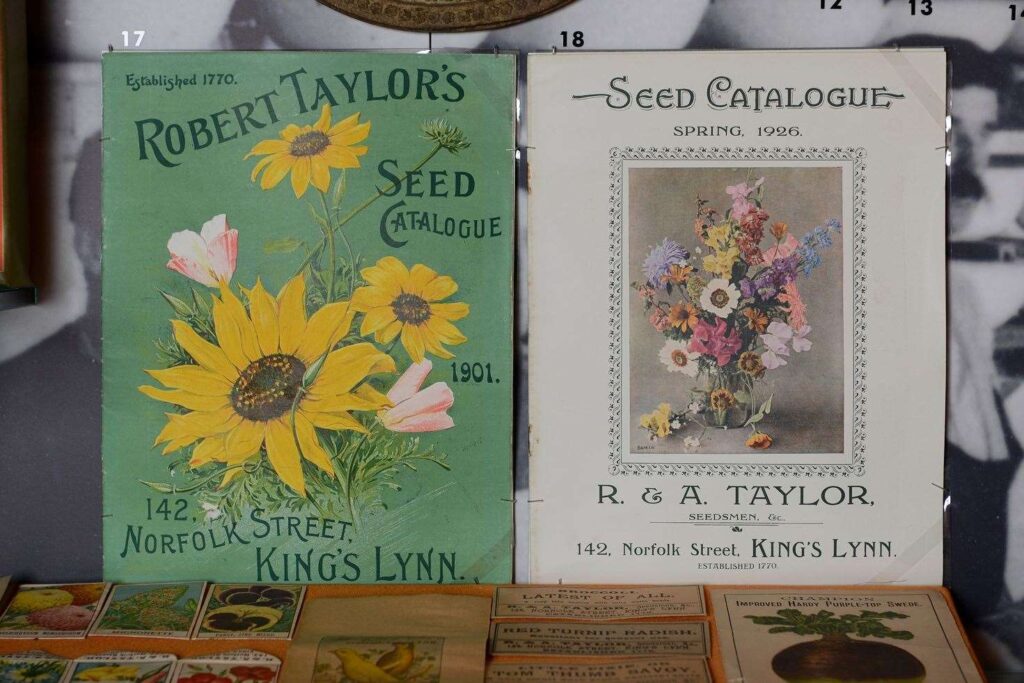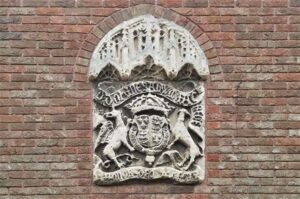In our fortnightly Picture This column, museum curator Dayna Woolbright highlights LGBTQ+ symbolism…
In celebration of Lynn Pride, we’re looking back at some of the work done by the Teenage History Club here in West Norfolk.
In 2019, they created the Queer History Tours, exploring LGBTQ+ symbolism in the collections at Lynn Museum, from a Huntley and Palmers biscuit tin to a collection of 18th-century fishing hooks, queer symbolism can be found in many unlikely and unexpected places.
In 1892, playwright Oscar Wilde wore a green carnation on the opening night of Lady Windermere’s Fan.
Through Wilde, the green carnation became a coded emblem of queerness in Victorian Britain, particularly amongst his circle of friends, to subtly indicate their homosexual identities in a time when such things were not openly discussed or accepted.
When asked about its meaning, Wilde is quoted as saying “nothing whatever, but that is just what nobody will guess.”
In this, he highlights the humorous nature of the symbol, where the lack of a readily apparent meaning is a deliberate choice to create a sense of mystery and shared understanding with those in the know.
Wilde’s story took a tragic turn in 1895 when he was convicted of gross indecency with men and sentenced to two years of hard labour.
Yet, even in the face of persecution, Wilde defended love between men, declaring during his trial: “It is beautiful, it is fine, it is the noblest form of affection.
“There is nothing unnatural about it.”






